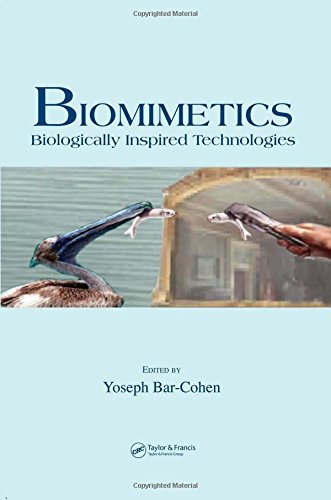The Department of Homeland Security's (DHS) Science and Technology Directorate (S&T) is funding development of an unmanned underwater vehicle designed to resemble a tuna, called the BIOSwimmer™. Why the tuna? Because the tuna has a natural body framework ideal for unmanned underwater vehicles (UUVs), solving some of the propulsion and maneuverability problems that plague conventional UUVs.
The tuna is one of the fastest and most maneuverable creatures on the planet, having extraordinary abilities at both high and low speeds due to its streamlined body and a finely tuned muscular/sensory/control system.
Biologically inspired robotics (biomimetic robotry) is a new science. There are now robotic lobsters, flies, geckos, moths, clams, dogs, and even a lamprey-like robot, all being designed to perform a variety of missions including surveillance and search and rescue. Robotics based on sinuous snakes and elephant trunks, for example, may be the ideal way to search for survivors inside the rubble of structures destroyed by explosions or natural disasters.
Inspired by the real tuna, BIOSwimmer™ is a UUV designed for high maneuverability in harsh environments, with a flexible aft section and appropriately placed sets of pectoral and other fins. For those cluttered and hard-to-reach underwater places where inspection is necessary, the tuna-inspired frame is an optimal design. It can inspect the interior voids of ships such as flooded bilges and tanks, and hard to reach external areas such as steerage, propulsion and sea chests. It can also inspect and protect harbors and piers, perform area searches and carry out other security missions.
BIOSwimmer™ is battery-powered and designed for long-duration operation. Like other unmanned underwater vehicles, it uses an onboard computer suite for navigation, sensor processing, and communications. Its Operator Control Unit is laptop-based and provides intuitive control and simple, mission-defined versatility for the user. A unique aspect of this system is the internal components and external sensing which are designed for the challenging environment of constricted spaces and high viscosity fluids.
"It's all about distilling the science," says David Taylor, program manager for the BIOSwimmer™ in S&T's Borders and Maritime Security Division. "It's called 'biomimetics.' We're using nature as a basis for design and engineering a system that works exceedingly well. Tuna have had millions of years to develop their ability to move in the water with astounding efficiency. Hopefully we won't take that long."
source:
US Department of Homeland Security - Science and Technology

